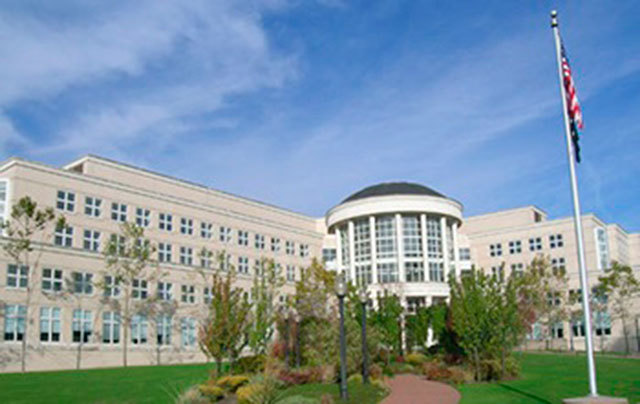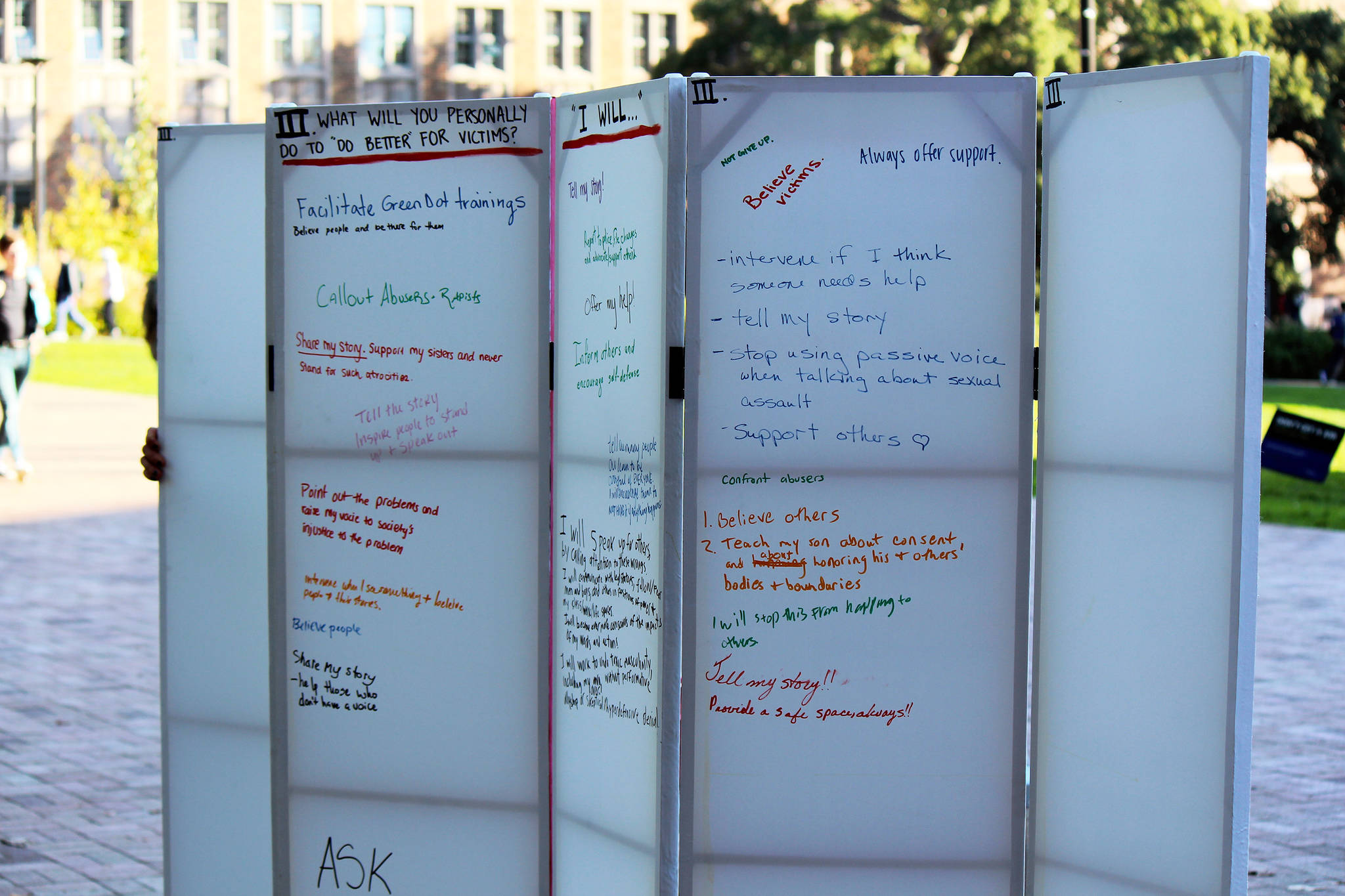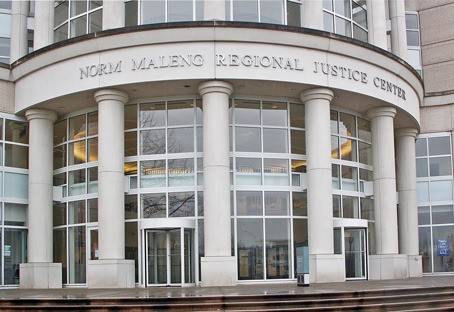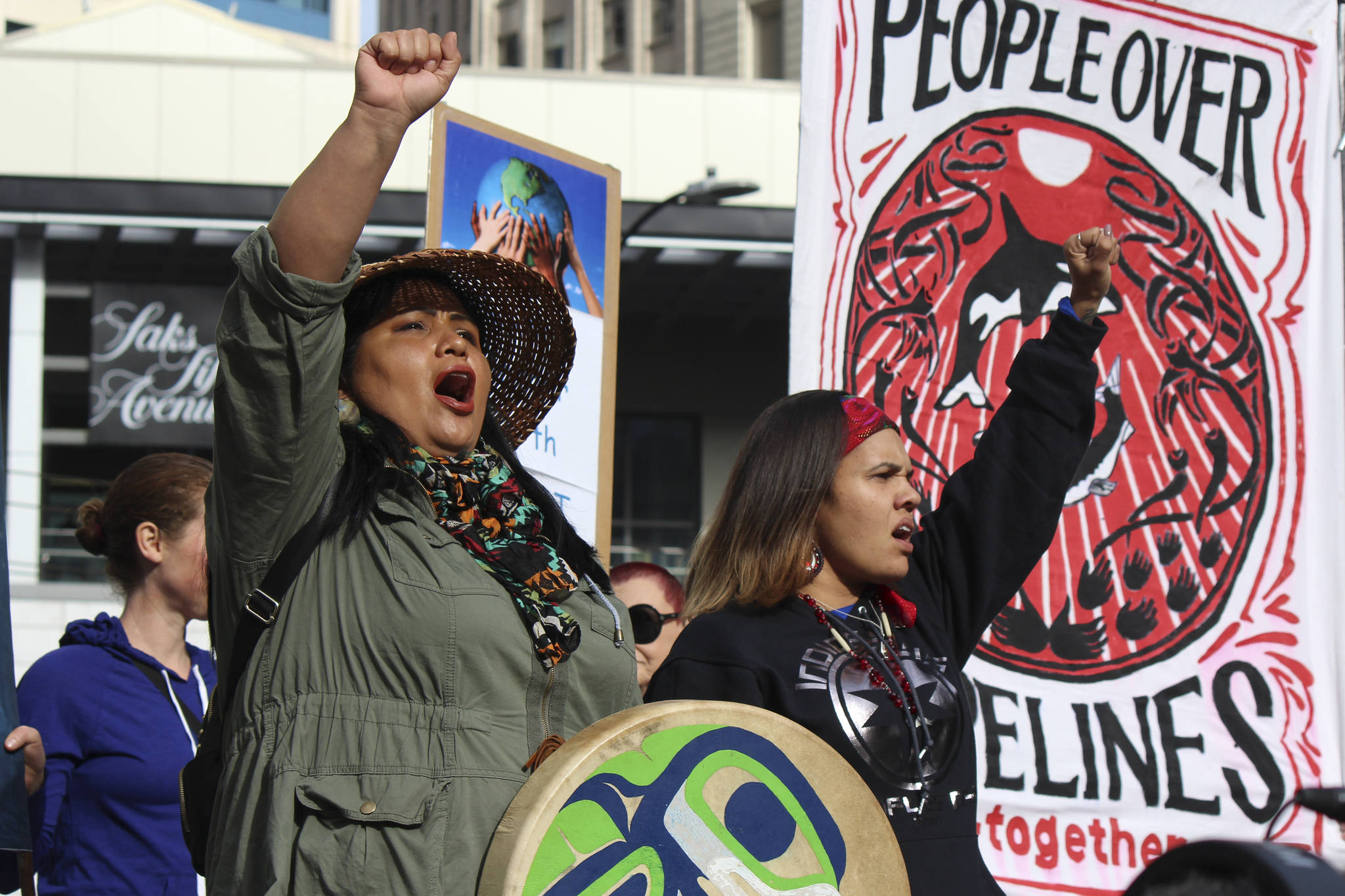A few weeks ago, tenants’ rights activist Jon Grant announced that he’s running for City Council this fall as a Democratic Socialist. Although he is not, technically speaking, a member of any political party — the affiliation is more a kind of “shorthand to describe my values to voters,” he says — his second-time run for a Council seat is couched in the belief that, in Seattle, anyway, “it’s not enough anymore to be an establishment Democrat.”
The events of the past year, and especially of the past few months, seem to echo that sentiment. November 8, 2016, was an enormous day for socialists everywhere, as those who’d long opposed the then President-elect rushed to take a stand.
Democratic Socialists of America (DSA), for instance, has nearly tripled its membership since November, making it now the largest socialist organization in the country — not to be confused with the International Socialist Organization, which, according to the Seattle chapter’s website, is the country’s “largest revolutionary organization” (emphasis ours). The two groups have an active and engaged Seattle base, and yes, Seattle DSA membership “has exploded over the past year,” says local DSA member Andrej Markovčič. “Like locals all over the country, we’re seeing an incredible enthusiasm for socialist politics.”
Socialist Alternative (SA) — the party that helped elect socialist Councilmember Kshama Sawant in 2013 — has also seen its ranks swell. “People’s interest in getting involved in mass movements in general, and socialism in particular, really has increased since 2011,” says Ted Virdone, an SA member for the past 18 years and a staffer in Sawant’s office. “The start of the Occupy Movement was a real turning point there,” followed by “a huge acceleration since this election.”
Then there’s the Socialist Workers’ Party (SWP), whose longtime member, Mary Martin, is running again for Seattle mayor this fall. She describes the group as “the only revolutionary working class party in the United States” and says she’s seen, if not more rank-and-file members, a much more receptive volunteer base in the past few months. “Many more people have a relationship to us. They show up with some coffee… they volunteer to paint a sign,” and they subscribe to The Militant, the Party’s newspaper.
As for the Party for Socialism and Liberation (PSL), which has a small Seattle chapter: “Oh yeah,” says member Jane Cutter, enthusiastically; PSL, too, has seen an identical surge. “What is most striking is the number of people who not only are interested in socialist politics, but who are rearranging their lives to actively participate in organizing campaigns, protests, meetings, and conferences.”
The above is hardly an exhaustive list of socialist organizations and parties in Seattle. There are, at minimum, half a dozen such groups active in town, and this reporter could not reach them all on deadline. But it stands to reason: Seattle is a city that, for the most part, loves Bernie Sanders—he of Democratic Socialist fame—and abhors Donald Trump. It continues to lead the country on worker-centered, progressive legislation, from the $15 minimum wage to collective bargaining rights for Uber and Lyft drivers to socially responsible banking; Sawant and the Socialist Alternative movement are a big part of that. And Sanders, who garnered more per-capita donations from Seattle than any large city in the U.S. and has shared stages with Sawant, helped make socialism cool again, here and elsewhere.
Socialism, then—at least in Seattle—is neither a bad word these days, nor an outdated one. “For me, watching Bernie Sanders run for President,” says Grant, “was to demonstrate that the values of democratic socialism actually have broad appeal.”
Bernie Sanders describes those values, in their most simplified form, as “an economy that works for all, not just the very wealthy.” That is, arguably, the foundational approach of many of the socialist groups agitating in Seattle right now, whether they put eradicating poverty or ending racism at the top of their platforms. Most stand for the basic premise that capitalism is to blame for society’s problems, from massive student debt to environmental destruction to homelessness. Grant says a big priority for him is never to accept campaign donations from corporate interests “to communicate that we represent the interests of the community and of working people and of tenants.”
And Virdone points to new data released this January: Just eight of the world’s richest people now own as much combined wealth as half of the rest of the planet. Two of those people — Bill Gates and Jeff Bezos — hail from King County (both have mansions on Lake Washington). “All around the world, we’re in a tumultuous time,” Virdone says. “Capitalism has reached an impasse. People can sense that it’s not working, that something’s got to change. People are looking for something different to happen.”
So, for many activists in Seattle, that means socialism — and not necessarily because they’re all donning red-star berets and reading Trotsky, but because they want to fight for the things they have always cared about. “Many of our new members,” says the DSA’s Markovčič, “have long-held socialist views without ever realizing it.”
From a layperson’s perspective, Seattle’s socialist legion is fairly consistent; delineating clear differences can be difficult, and all groups concede there’s a good deal of mutual respect and ideological overlap. Still, they differ a bit in strategy and focus.
If you support the Cuban Revolution, for instance, you might consider heading to the Socialist Workers Party headquarters; if you’re less into guerilla warfare, and more interested in the effect of a mass general strike, Socialist Alternative is planning one for May 1. The Freedom Socialist Party describes itself as a “socialist feminist organization,” specifically, although the SWP and the SA and the DSA all list women’s rights and reproductive freedom as big priorities. Socialist Alternative tends to use the language of the Occupy Movement — “the 99 percent” — whereas the Socialist Workers Party prefers a class analysis. “There’s a working class, and a ruling class,” Martin says, and the ruling class is larger than just 1 percent. “That’s how we explain things.” SA and the DSA have the largest Seattle following at the moment, but you’ll find that most of these groups have a presence at rallies to support the Standing Rock Sioux, climate justice, immigrants and refugees, or most anything that can shift the balance of power away from Wall Street. Grant says the base of support he’s built over the years in Seattle is “independent of… but also inclusive of” the base of support for Sawant and Socialist Alternative.
“The universal constant is that everyone hates their boss and knows the system is rotten,” says Markovčič. He explains that DSA, perhaps most closely affiliated with the Sanders and Grant platforms, takes a “big tent approach to organizing. DSA members range from social democrats all the way to committed Marxists” and “we want to bring as many people as possible into the movement.”
Some see the DSA, then, as the effort to push the Democratic Party to the left, while groups like Socialist Alternative and the Socialist Workers Party are adamant that the two-party system is a big part of the problem. SA believes “we do need to build a new party in this country,” says Virdone, “a party that unequivocally represents the interests of workers and not big business.” For the SWP’s Martin, Trump is not a fascist at all, as many left-wingers believe; he’s well “within the spectrum” of how things work in D.C.
In the main, people are looking for ways to plug into progressive causes right now, Grant says — and “it’s not enough just to theoretically, philosophically support these things” after November 8. If an uptick in Seattle’s socialist membership is any indication, it’s that people realize there is work to do. “That’s the shift we’re seeing.”








